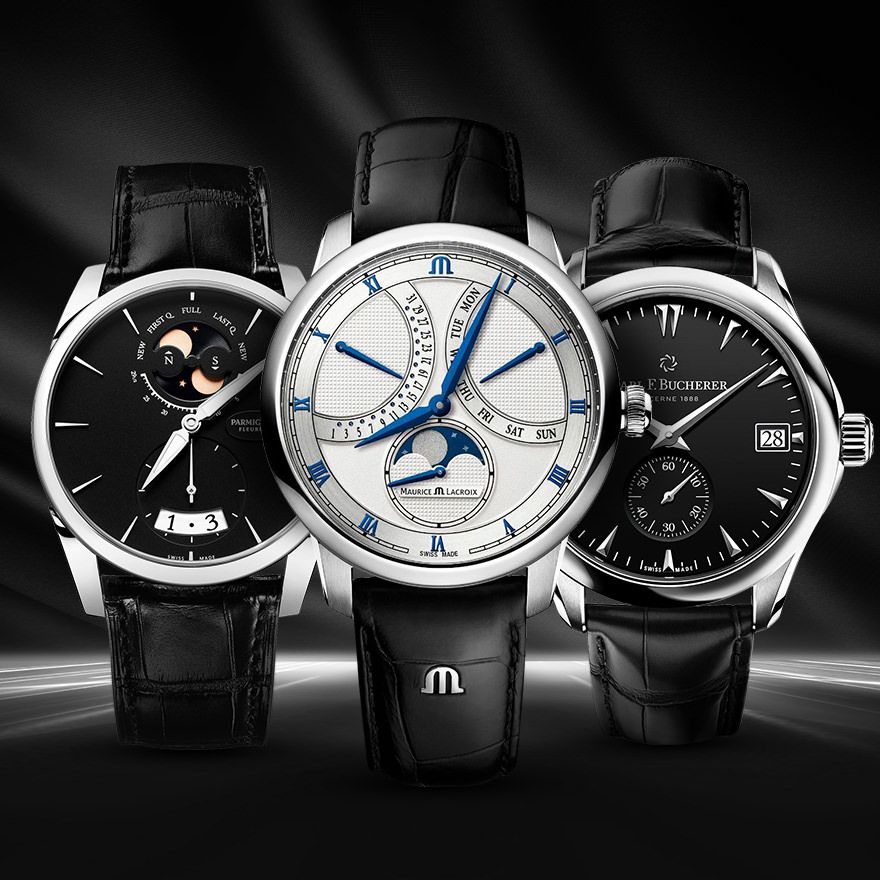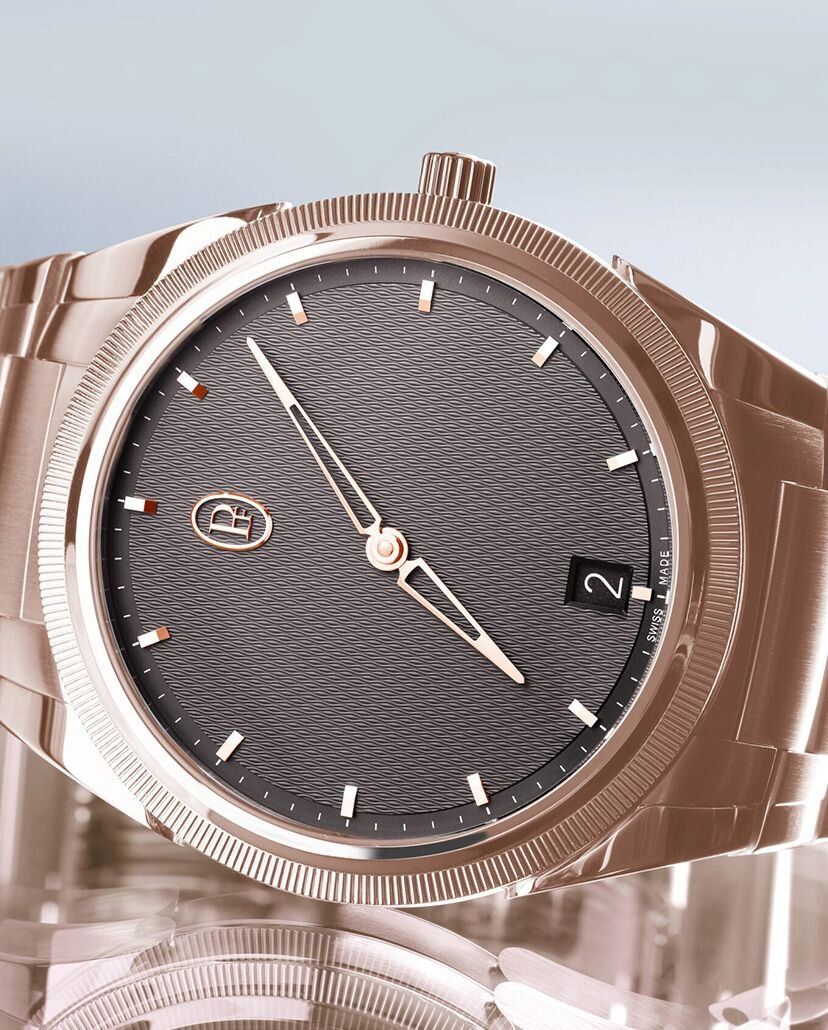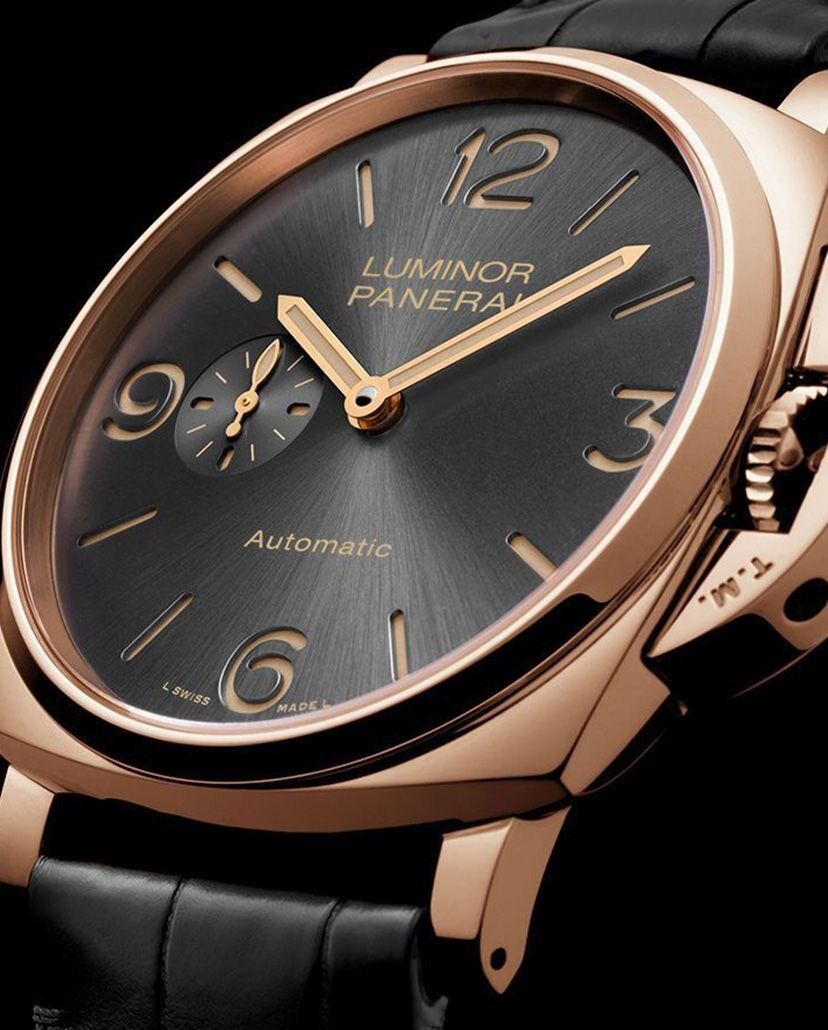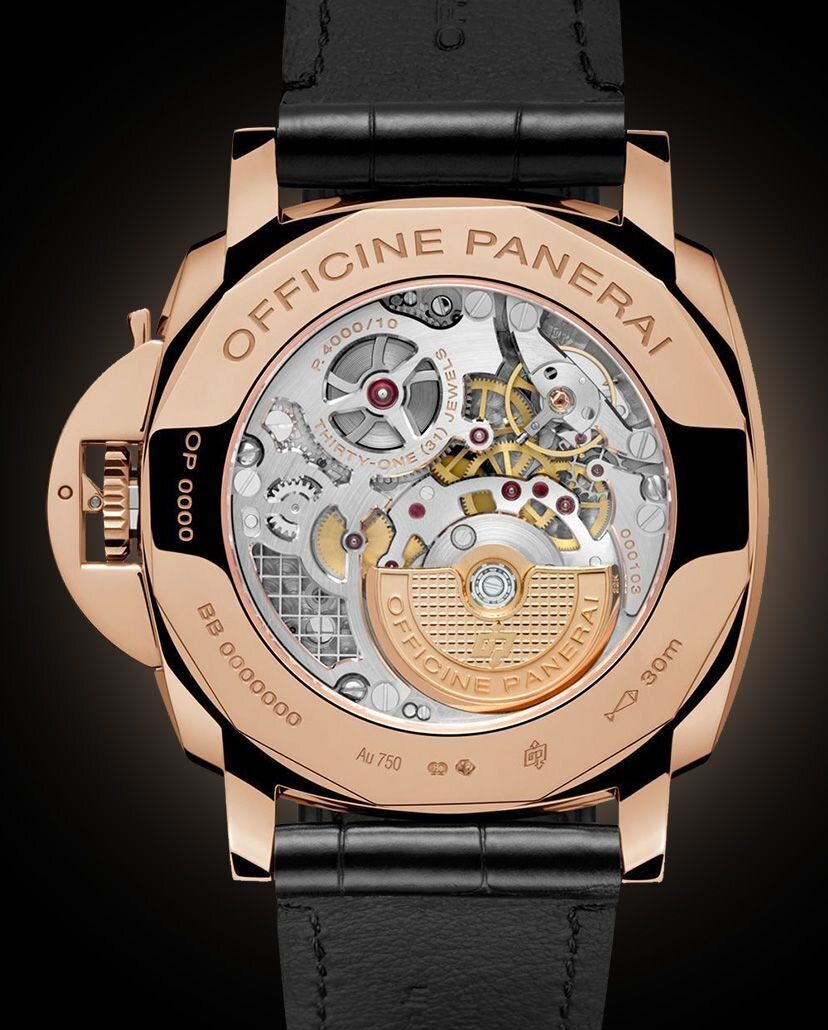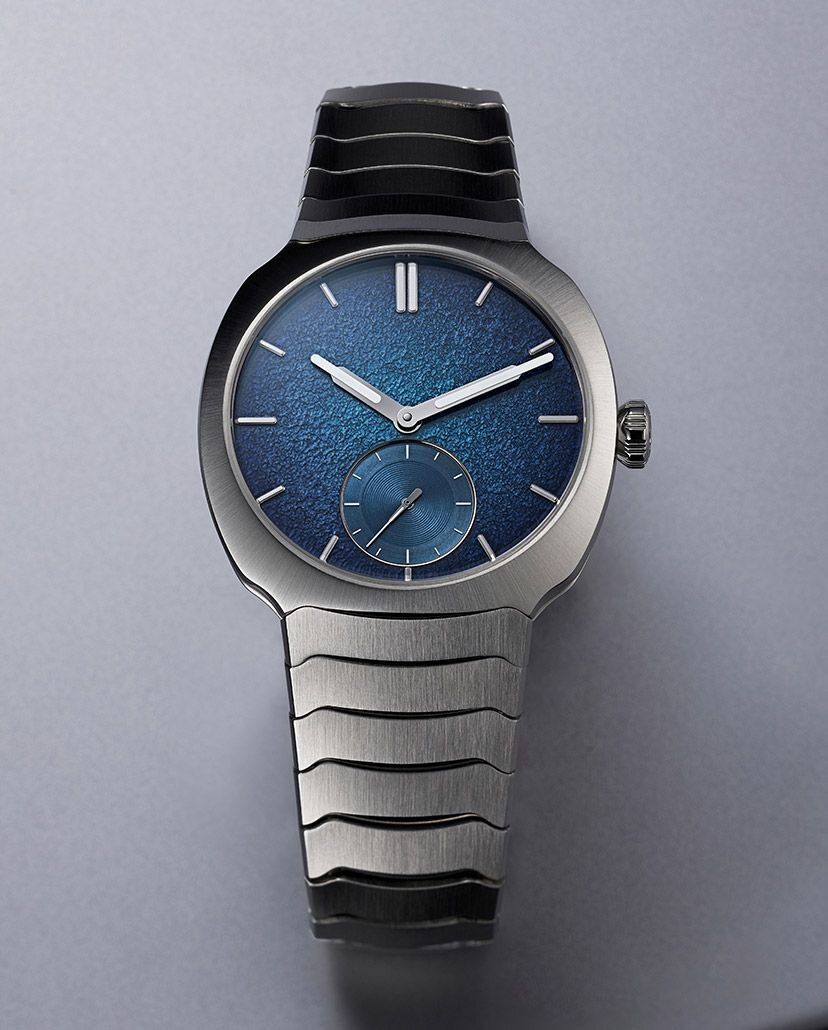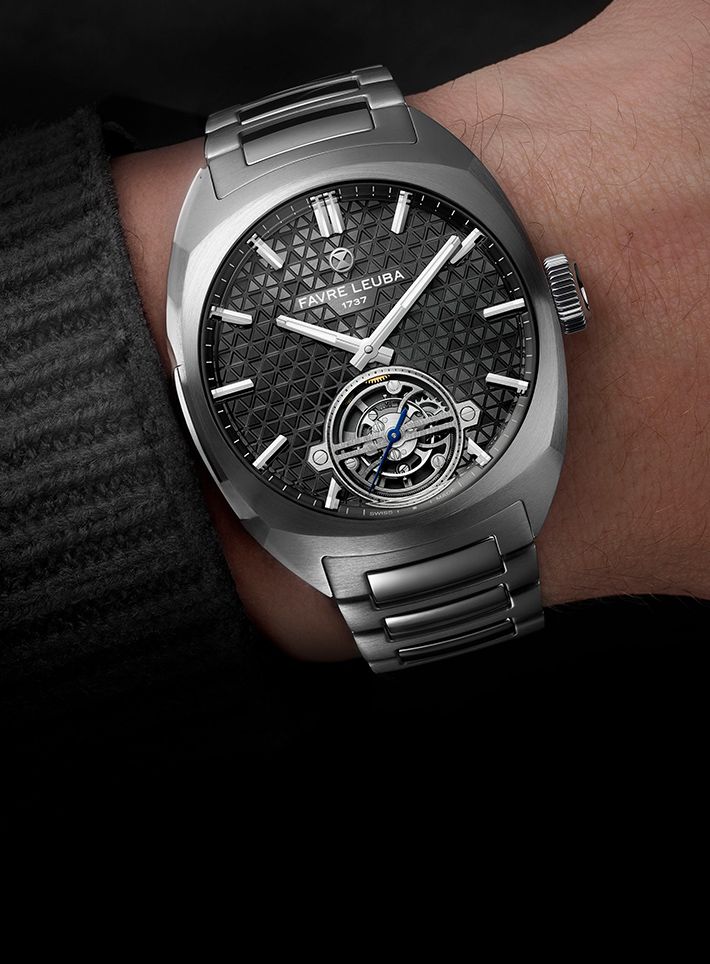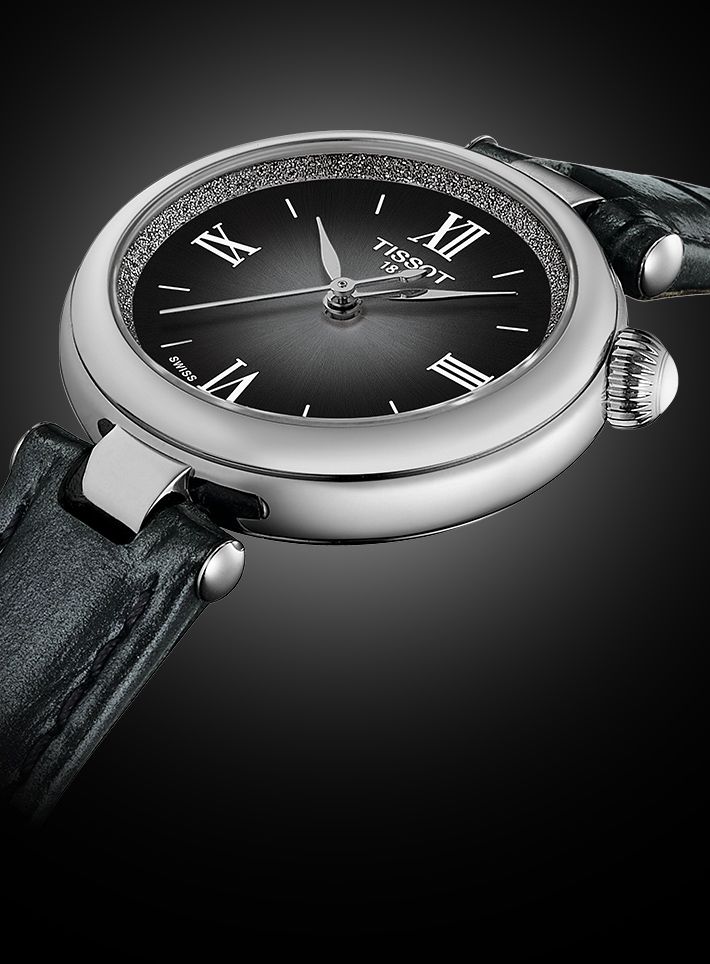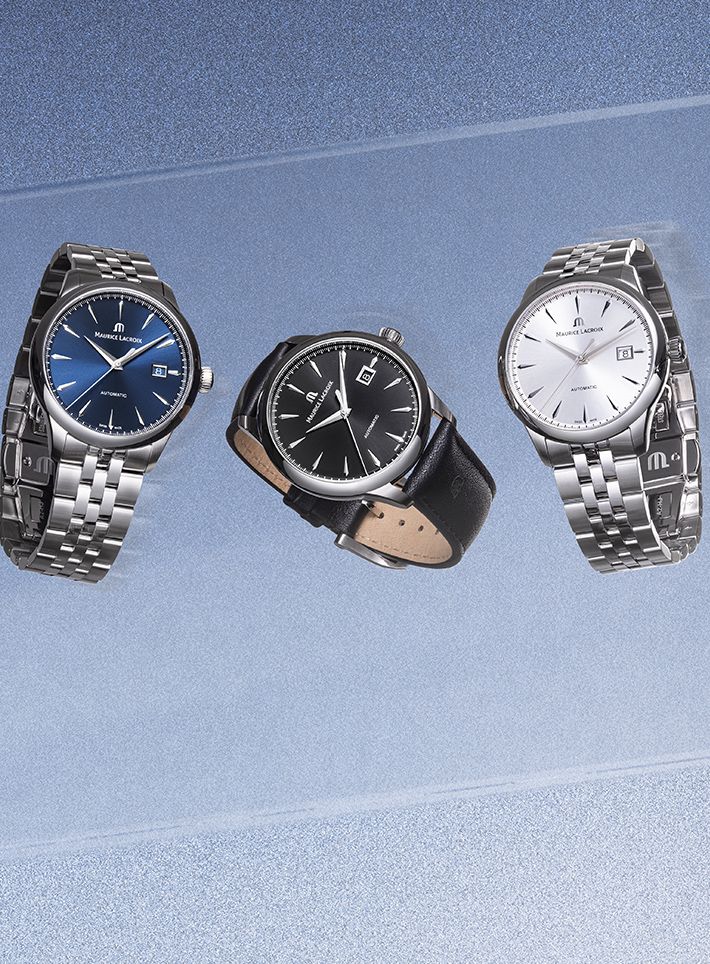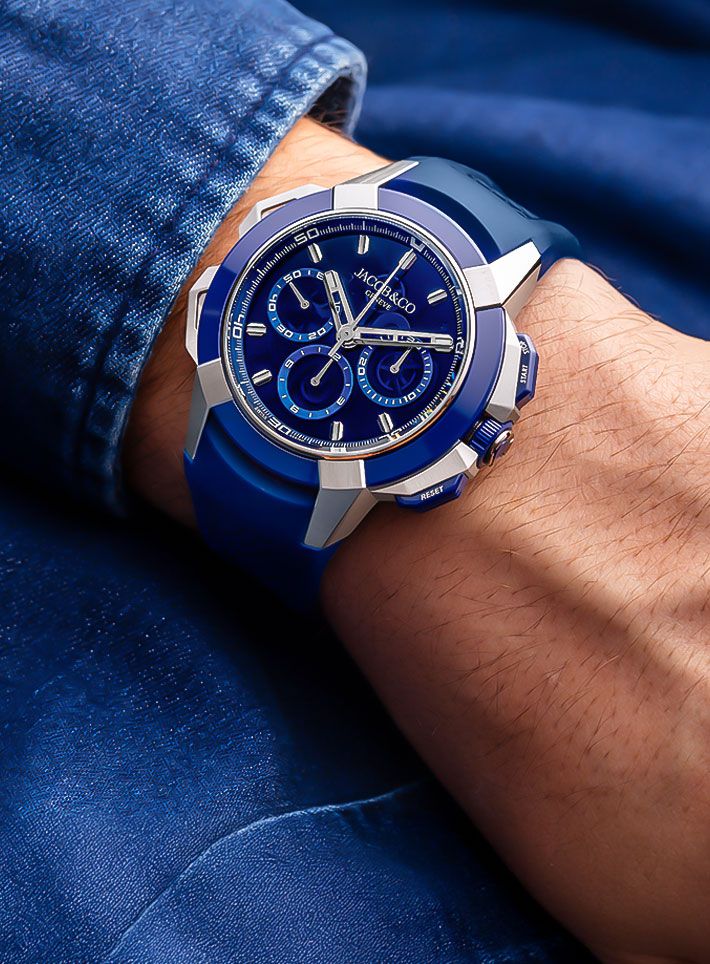Watch GlossaryMicro Rotor
is a smaller version of the centrally mounted rotor or oscillating mass that winds automatic timepieces. It is integrated into the movement so that it's thickness can be drastically reduced
May We Recommend
What Is A Micro Rotor?
A micro rotor is essentially a mechanical weight, which rotates freely by the movement of the wrist and provides the energy that the mainspring requires to make the movement tick. It is a smaller version of the centrally mounted rotor or oscillating mass that winds automatic timepieces. It is integrated into the movement, which allows movement makers to drastically reduce the thickness of the calibre. This small rotating segment has a diameter that often covers about ¼ of the movement space—sometimes a bit more.
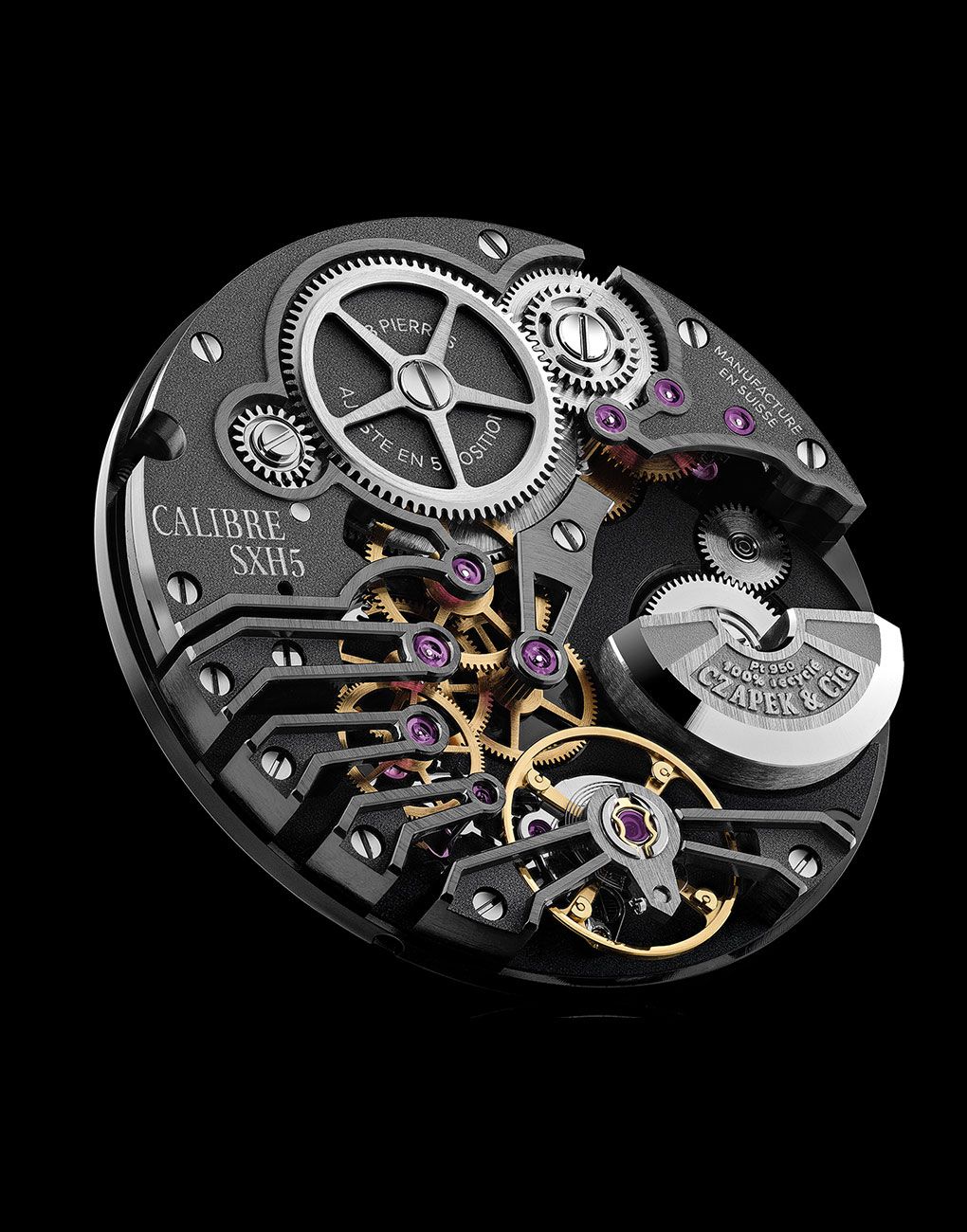
How Micro Rotor Watches Differ from Standard Rotors
On the contrary of the central or the peripheral rotor, the oscillating weight of a micro rotor movement has a reduced size and is, in most cases, integrated into the movement. It’s a complex technical solution and it requires to develop the movement from scratch as a micro-rotor architecture. Due to their smaller size, micro rotors can’t generate as much power as centrally mounted rotors, mostly because their limited diameter provides less inertia. To counteract this issue, dense and heavy materials such as 22-karat gold, platinum or tungsten is used. This provides better efficiency. The other solution is the creation of a bi-directional winding system, thus most of the wearer’s movements will be transmitted to the rotor and then to the mainspring barrel.
Micro Rotor Watch Movements Explained
The Parmigiani Tonda PF micro-rotor, with its clean lines, slim execution, knurled bezel, and gorgeously decorated dial, is a stunner. With the extremely fine guilloché pattern on the dial, the tiny hour indexes, the almost invisible chapter ring to display the minutes, and the minimalistic date window, this watch is a pure delight.
Panerai launched their first micro-rotor calibre in 2014 called the P.4000 and fitted inside the Luminor Due 45mm. The 3.95mm movement came with a choice of a tungsten-built micro-rotor or a 22-karat rose gold micro-rotor, which provided the watch with a staggering power reserve of up to three days.
The H. Moser & Cie. Streamliner Small Seconds Blue Enamel with a 39mm case has the brand’s first-ever micro-rotor movement—the HMC 500. With a bi-directional pawl-winding system, the micro rotor powers the mainspring, and, when fully wound, it can store up to three days of power. It is decorated with the H. Moser seal against an anthracite grey coated background.
Advantages of A Micro Rotor
A micro rotor doesn’t steal the limelight from the movement because of its integrated format. This allow for an uncluttered view of the entire movement as there is no huge rotor swinging over it. Due to its small frame and its integration into the movement, it allows for thinner movements to be created, as the winding system is not over the movement. Thanks to their bi-directional format and body made from heavy materials, a few micro rotors qualify as the better deal for winding a movement compared to a lighter central rotor.
